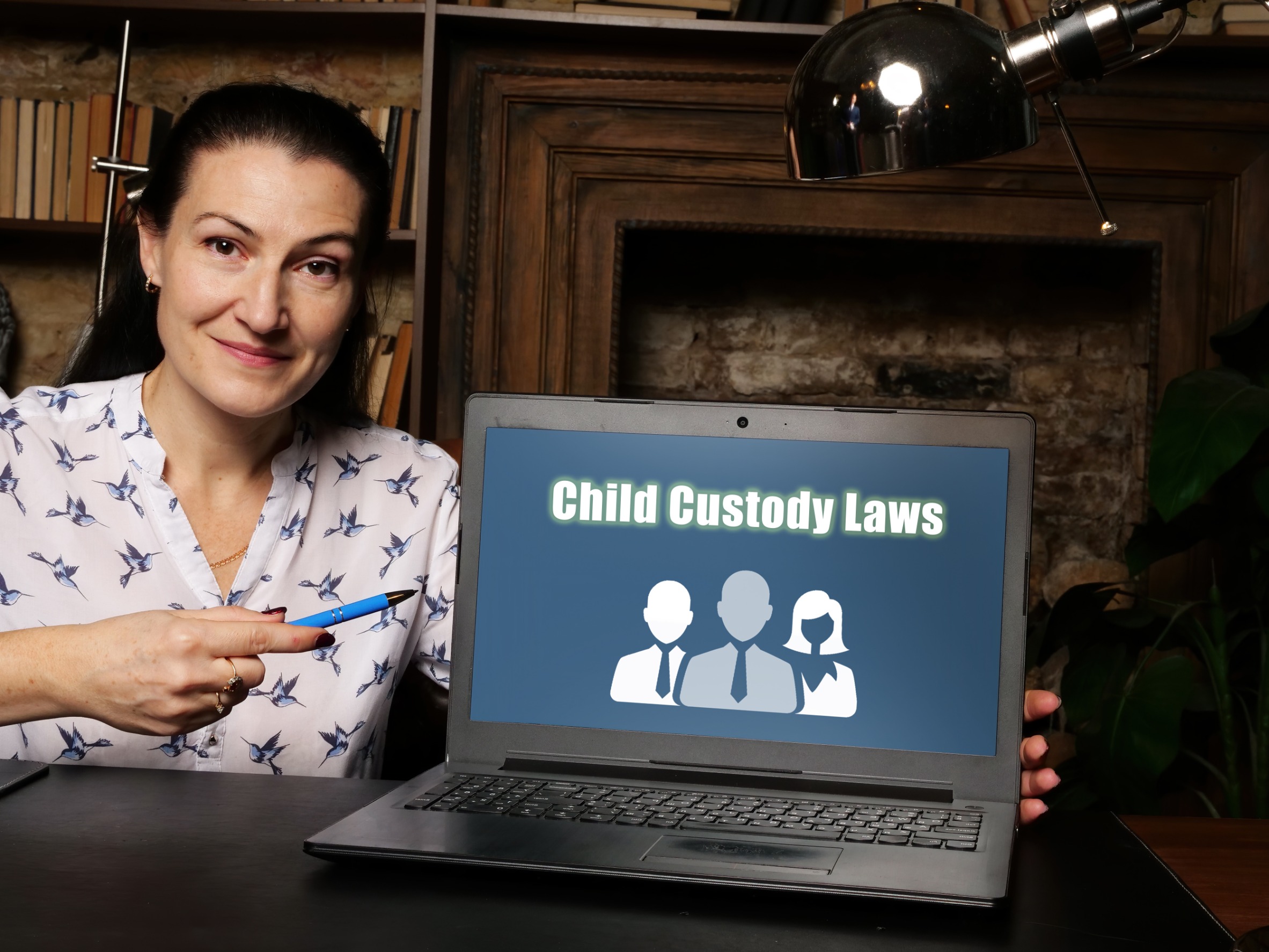In Oklahoma, a voluntary guardianship of a child must meet certain requirements before courts accept it. While parents can voluntarily give guardianship of their child to another person, they must understand the laws, implications, and limitations. We’ll cover how voluntary guardianship works in Oklahoma, the steps to take, and the rights and responsibilities of all parties.
What Is Guardianship?
Guardianship is a legal arrangement where someone other than the child’s parent has the authority to make decisions regarding the child’s care, education, medical needs, and overall well-being. In Oklahoma, guardianship is governed by Title 30 of the Oklahoma Statutes, which outlines the rights, responsibilities, and legal requirements for establishing guardianship.
There are several types of guardianship arrangements in Oklahoma, but voluntary guardianship occurs when a parent willingly transfers the guardianship of their child to another person, usually due to temporary or long-term circumstances that make it difficult for the parent to care for the child.
How to Voluntarily Grant Guardianship in Oklahoma
The process of voluntarily granting guardianship of a child in Oklahoma involves several steps to ensure the arrangement is legally valid and protects the best interests of the child.
Step 1: File a Petition for Guardianship
The person seeking guardianship (the proposed guardian) must file a petition for guardianship with the district court in the county where the child resides. The petition must include detailed information about the child, the parents, and the reasons for the guardianship request.
Step 2: Obtain Parental Consent
For courts to approve a voluntary guardianship, the parent or parents must provide written consent to the guardianship. The consent form must be signed and notarized, demonstrating that the parent understands the implications of the guardianship and agrees to the transfer of legal authority.
Step 3: Court Hearing
A court hearing will take place to review the guardianship petition. The court assesses whether the guardianship is in the best interests of the child and whether the proposed guardian is suitable to care for the child. The court will also verify that the proposed guardian understands their legal responsibilities. Working with a child custody attorney can help you reach the outcome you’re hoping for.
Step 4: Court Approval
If the court finds that the guardianship is in the child’s best interests, the judge will issue a guardianship order, officially granting guardianship to the proposed guardian. This order outlines the guardian’s legal rights and responsibilities regarding the child’s care.
Parental Rights During Voluntary Guardianship
Even after voluntarily granting guardianship, parents do not lose all of their parental rights. In Oklahoma, voluntary guardianship is typically a temporary arrangement. However, during the guardianship period, the guardian has primary legal authority over the child’s care and decision-making. Parents may still have visitation rights, depending on the terms of the guardianship order. The court may also require the guardian to provide regular reports on the child’s well-being.
A voluntary guardianship can be terminated when the parent petitions the court to regain custody of the child. The court will assess whether the parent is capable of providing a safe and stable environment for the child before terminating the guardianship.
To terminate a guardianship, the parent must:
- File a petition to terminate guardianship in the district court.
- Attend a court hearing where the judge will determine whether the termination is in the child’s best interests.
- Demonstrate that the parent is now able to care for the child and meet their needs.
If the court deems the parent fit, it terminates the guardianship and returns the child to their parents.
What Happens if Guardianship Is Granted Without a Court Order?
In some situations, parents may attempt to establish informal guardianship or custody arrangements without going through the court system. However, this not legally binding and may cause issues if questions arise relating to legal authority over the child.
For example, schools, healthcare providers, and government agencies may require proof of legal guardianship before allowing the guardian to make important decisions on behalf of the child. Therefore, it is essential to complete the formal guardianship process through the court to ensure the guardian has the necessary legal authority.
Tulsa Child Custody Attorneys
In Oklahoma, a parent can voluntarily give guardianship of a child to another person through a formal court process. This arrangement is useful when parents are temporarily unable to care for their child and want to ensure the child is in a safe environment. While parents retain certain rights during voluntary guardianship, the guardian assumes primary decision-making authority for the child’s care.
For parents considering voluntary guardianship, it is essential to understand the legal process and implications. Our team at Tulsa County Lawyers Group has years of child custody experience and will walk you through the steps. If you need help, contact us today by calling (918) 379-4864 or reach us online for a consultation.

